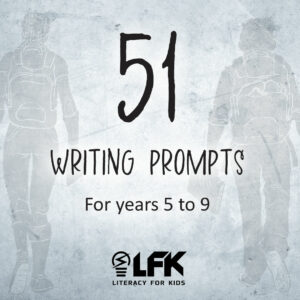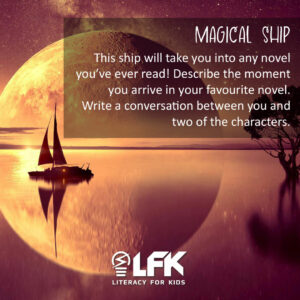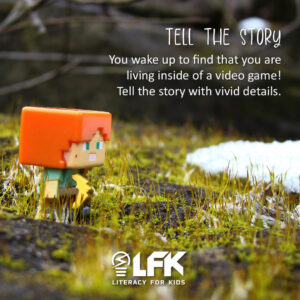Explaining Reading: Imaging

#3. Imaging
A distinguishing skill of good comprehenders is that they respond to the descriptive text they read. They create pictures, or visual representations, in their minds.
Like so much of comprehension, imaging is something that good readers seem to do “naturally’. To these students, reading is like watching a movie ~ they use their imagination to create a mental representation of characters, settings, events, or concepts described in the text.
Imaging is one of the easier comprehension strategies to teach
Even young children respond to the idea that books are like tv shows and movies in that we should be trying to see and hear what is happening.
Imaging is very important to reading success because it is often the image that makes stories come alive. We want readers to see what the characters see, hear what the characters hear and feel what the characters feel. It is these emotional reactions that often “hook” students and cause them to think that reading is “cool”.
| If we can develop imaging, there is a good chance we can motivate students to make reading a permanent part of their lives. |
How Will You Know You Need to Teach Imaging?
The situation: Students listen to stories being read to them or read stories on their own but do not seem to be emotionally involved in what is happening.
* Conceptual Understandings That Must Be in Place *Students need to understand:
|
So, what is the “secret” to doing it?
Students must:
- Identify words the author is using that are descriptive.
- Use prior knowledge about those words and about our senses to create an image in the mind.
How do you know if your students are successful in this skill?
In listening situations, students should evidence greater emotional involvement in the stories. Students should give tangible indications of excitement, despair, sadness or scariness, depending on what is happening. Into the bargain, when asked, they should be able to describe verbally what they see and hear as they listen (or, for older students, when they read) and the thinking process they used to create the image.
Applying it to Writing
The relationship between reading and writing is particularly clear when teaching imaging. Students should apply their imaging strategy not only when listening and reading, but also when composing their own stories. During those writing opportunities, students should be encouraged to reverse the imaging process. Rather than thinking of imaging from the perspective of a reader trying to figure out what an author is trying to get us to see/hear/feel, students should be encouraged to think about it as a writer trying to get a reader to see or hear or feel.
The more kids practice writing text that helps readers create images, the more skilled they will be at creating images as readers. Our FREE resource for new schools (see below) is closely tied to this skill of imaging. The writing prompts are perfect!
Want your students to finish strong in their literacy? Want more from your literacy program? Contact us for a 30-day free trial in your school or classroom. New schools receive this terrific Teaching Resource: 51 Writing Prompts. These are a complete hit with our schools and you will not be disappointed with these image-rich, kid-centred Writing Prompts that will enthuse your writers.




Check out our blogs for more ideas and tips.
7 Parent friendly tips for comprehension
Get boys reading in the digital age
What to do when your son hates reading – 6 top tips
Brought to you by Tanya Grambower
